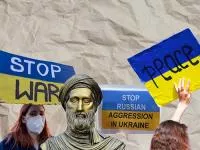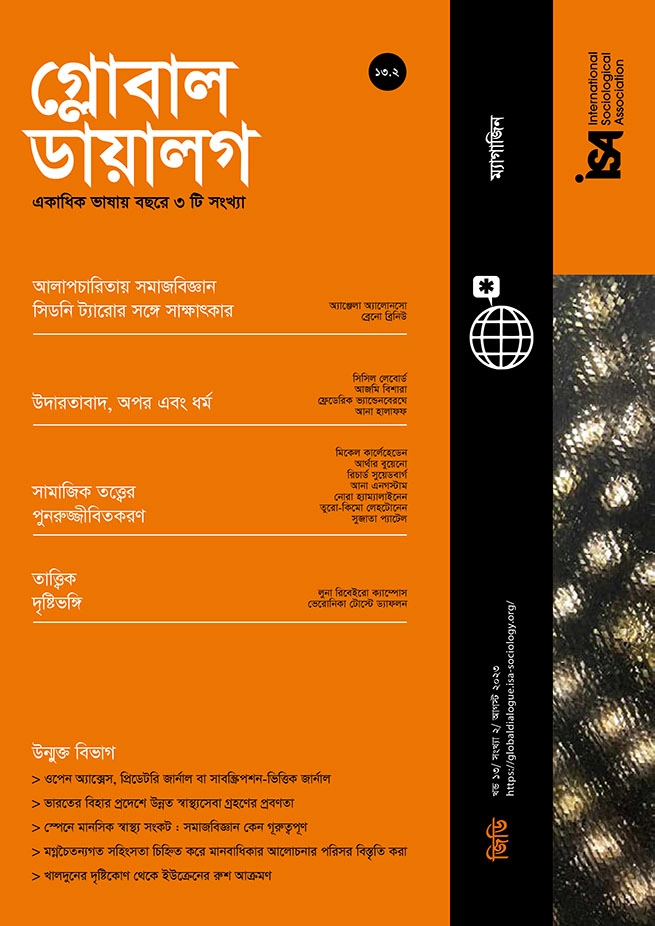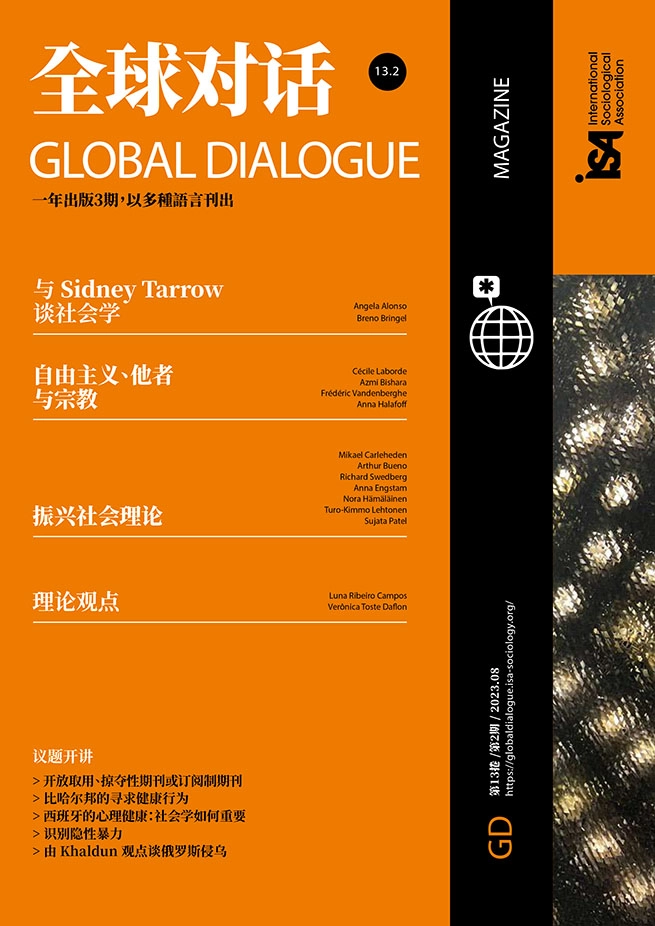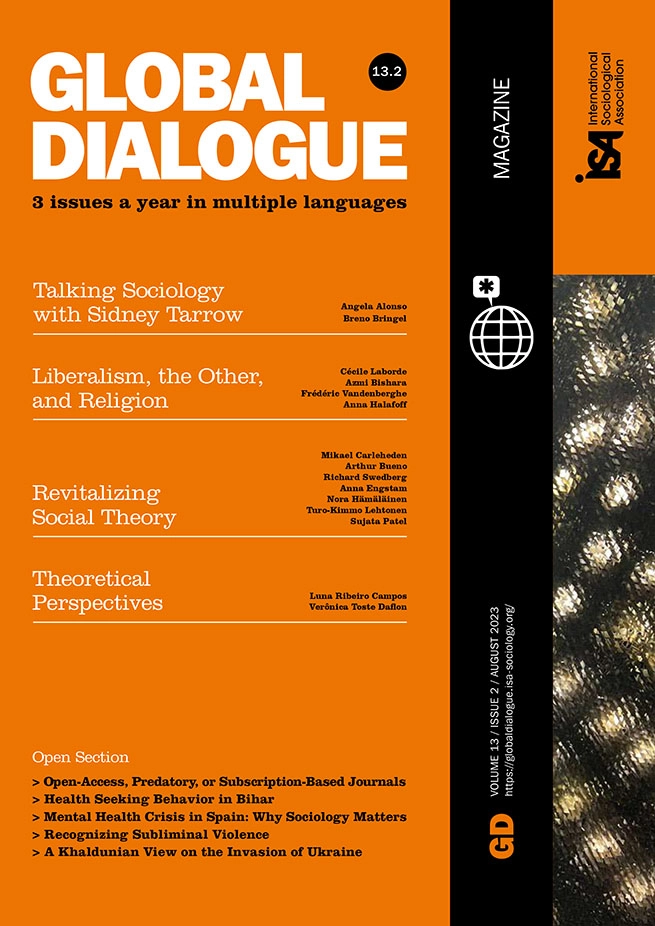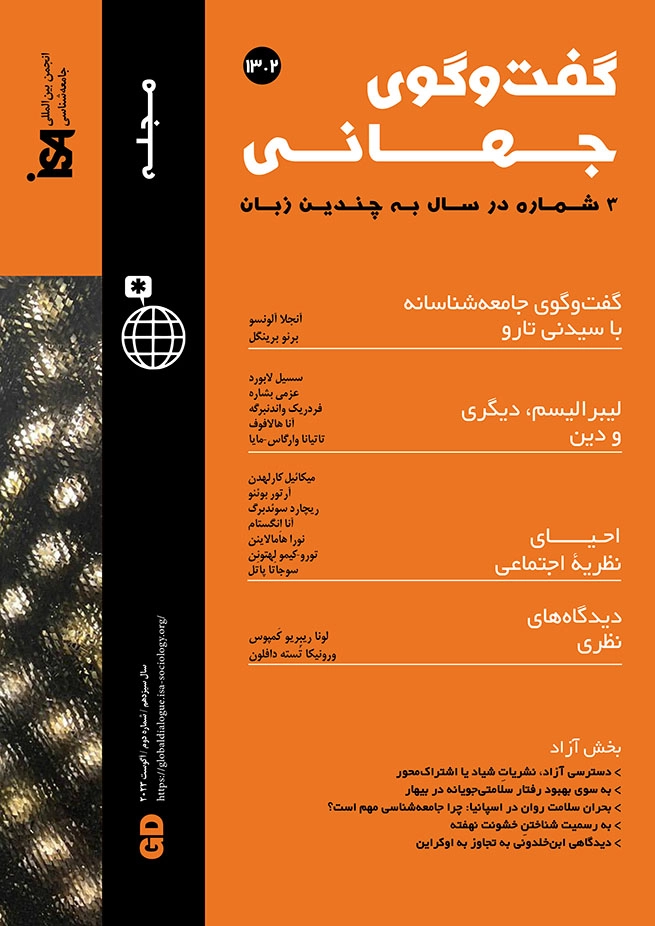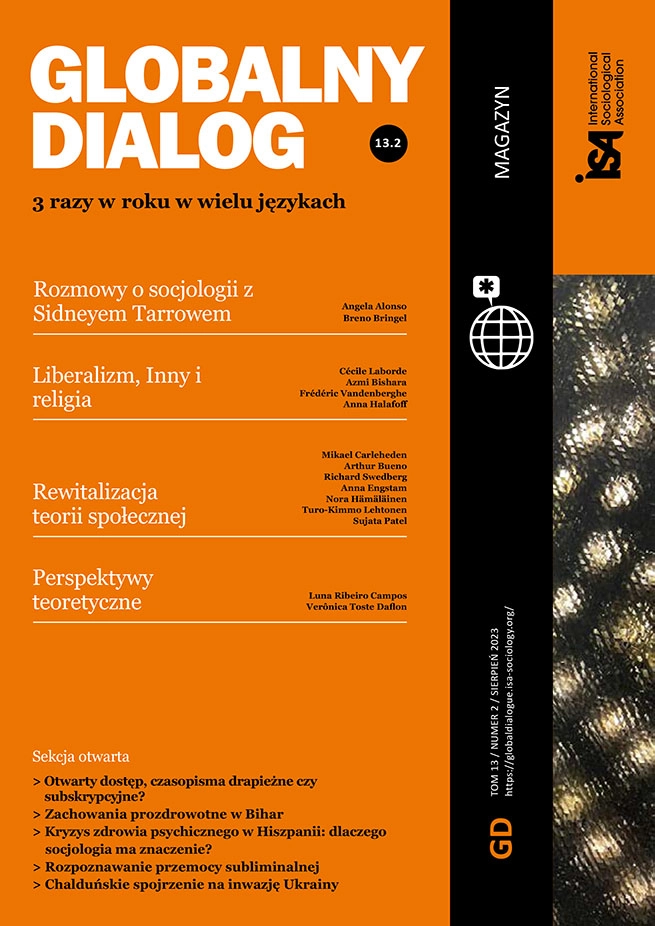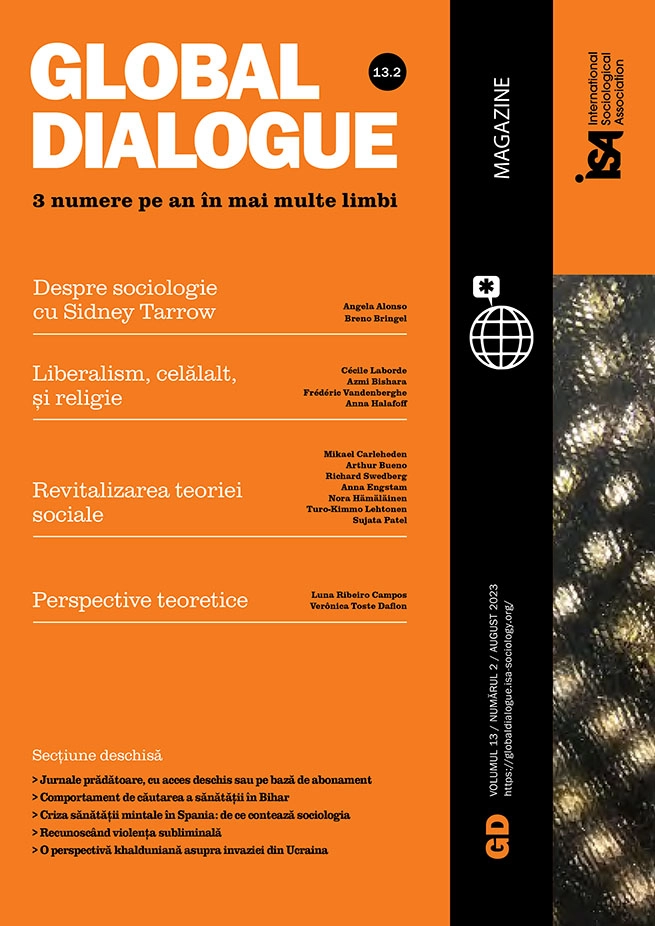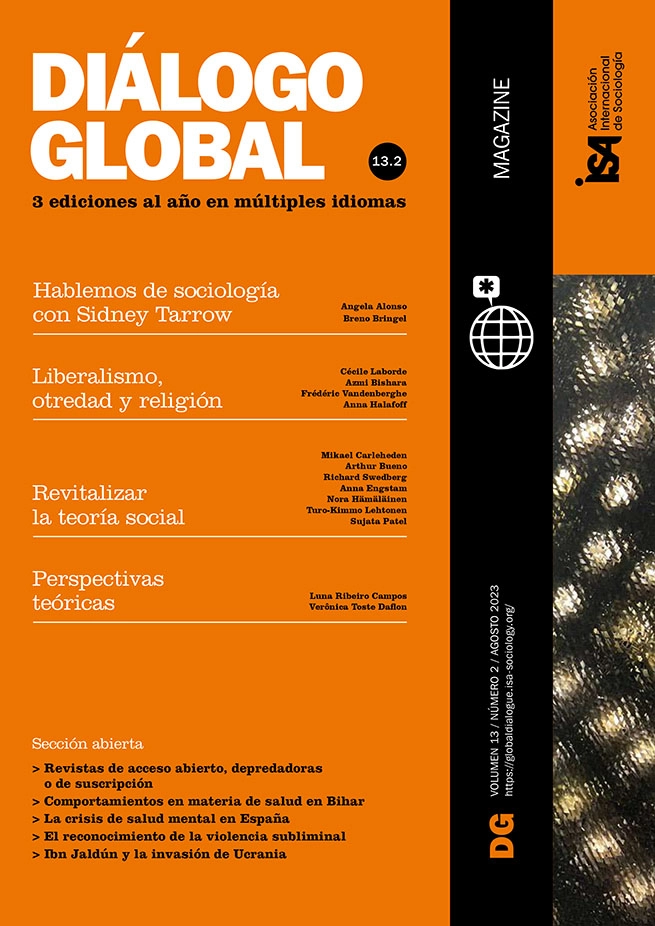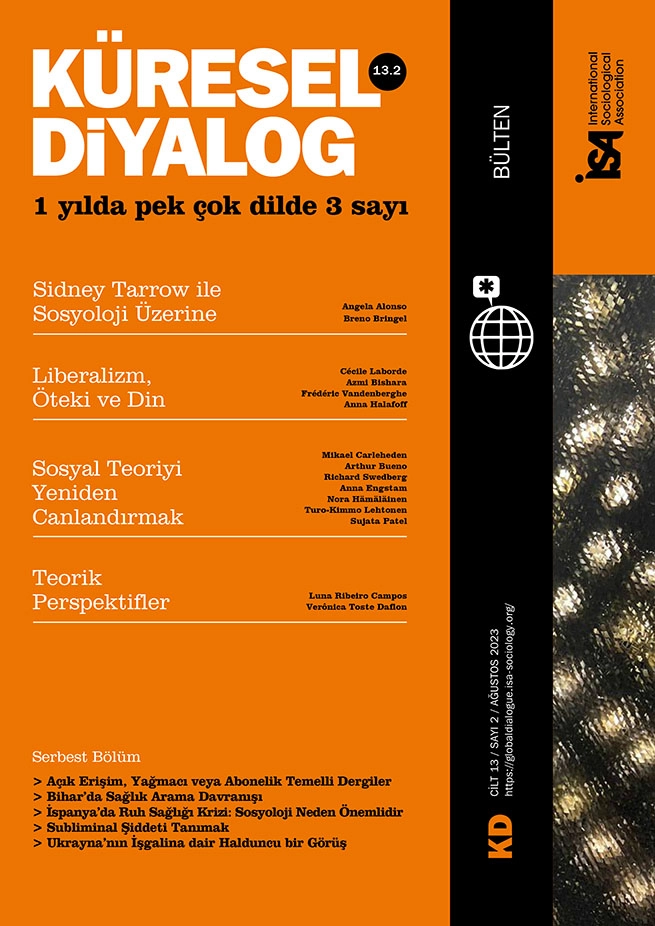The human rights paradigm is a deeply empathetic manner of looking at the world. It is predicated on the fundamental assumption that human life is worthy and invested with dignity and meaning. The paradigm has evolved structurally, drawing on the learnings of atrocities that women and men have suffered across history. However, like every paradigm, it arose within a historical context; in this case, one dominated by the intellectual currents of legal positivism and individualism that privileged objective empiricism and the disembodied individual as the subject matter. The time has come to enrich and further expand the contours of the human rights paradigm, by recognizing the value of intersectionality and situated knowledge in grasping the palimpsestic nature of gender-based violence (GBV). Any indication of possible ossification must provoke us to develop a more nuanced and context-specific customary international law of human rights that attends to the hidden cultural violence and entrenched biases that silence and restrict subjective renditions of survivors of such violence.
The failure of human rights discourse to address the complexities of gender-based violence
This article spells out the inadequacy of the existing discourse on human rights and its concomitant socio-legal instruments to address GBV, especially when it is subliminal in nature and thereby occurs during “times of peace.” Moreover, it recognizes the need to expand human rights discourse to recognize forms of violence that often lie beyond the quantifiable realm of the empirical, but nonetheless remain insidious and embedded, requiring different tools for its measurement. Thirdly, an appeal to defenders of human rights and agents of law is made to shift their attention to everyday subliminal forms of GBV, while developing the requisite competence and accountability to offer relief.
If viewed as a spectrum or a continuum, GBV spans from the spectacular to the most mundane, from the exotic to the banal. Brutal acts of GBV that have gained mention in the human rights framework, given their occurrence within conflict zones, include arbitrary killings, sexual violence used as a tactic of war, human trafficking and other such brutalities, and rightly draw international and public outrage. However, the concept of symbolic (Bourdieu, 1970) and subliminal violence serves as an instructive tool to shift our gaze from the more severe and manifest forms of violence, to the “workings” of low-intensity and insidious forms of violence that often operate during “peacetime” but reach a tipping point during conflict or crisis events. In their work, Scheper-Hughes and Bourgois use the term “everyday violence” to highlight the social indifference towards the most disturbing forms of suffering caused to survivors of GBV by institutional processes and discourses.
Our contemporary condition has exposed us to the complexities of violence, particularly the palimpsestic layers of GBV given the porous demarcations between the private and the political. Latent GBV that operates in “times of peace” is often not given due policy-level and legal attention, unlike manifest violence, given the problems of measurement. What is not measured is often silenced and forgotten, removed from discussion and debate. As Gayatri Spivak notes, measuring restricts what is viewed and erases that which is “not identified.”
Feminist epistemologies and contextualization to visibilize hidden everyday violence
Positivism, in its quest for scientificity, has sought to develop quantifiable indicators. Human rights discourse usually shines the spotlight on corporeal injuries and forms of violence that are manifest and found in conflict zones, revealing destructive, deviant, and aberrant behaviors, as these may be measured discreetly, by prevalence or incidence. In its historical alliance with the tradition of positivist methodology and neoliberal quantification, the human rights paradigm may inevitably have tended to disregard richly detailed narratives. The resultant “thick descriptions” or “counter accounts” are embodied in everyday lived experience, requiring an ontological break from narrow empiricism and a shift to an interpretivist feminist standpoint that recognizes the subjective experience of the violated as valid and allows them to verbalize, categorize and thereby measure the violence experienced by them. Cecilia Menjívar, in her acutely perceptive ethnography of violence in Eastern Guatemala, documents the embodied experience of veiled violence endured by the Ladina women, subjected to everyday micro-contexts of devaluation, humiliation, and contempt, leading to gruesome manifestations of femicide. Menjívar retrieves from the recesses of normality, violence culturally regarded as “commonplace,” by recording women’s own observations of “aguantar” – to endure – indicating the routinization of pain.
By acknowledging the social and historical context of the particular knowers, feminist standpoint epistemologies create space for those who were, all the while, “absent subjects,” and retrieve their “absent experiences.” This methodology promotes greater visibility of the stakeholders, who are no longer excluded from the systems of accounting, and grants them epistemic authority. Take, for instance, the formalism of court proceedings or a trial where the survivor of abuse is asked by agents of the law in their composed comportment to describe in categorical terms whether there is any “proof” of the violence that was committed, given the apparent “consent” that is evinced from her behavior and the status quo maintained by her actions. A human rights stance must enquire further and be grounded contextually in the specific realm of the woman’s experience of “hidden persuasion,” with the most implacable example being that exerted simply by “the order of things.”
When agents of justice and upholders of the law and “symbolic power” carry such entrenched biases and base their “verdicts” on unreflexive presuppositions, injustice becomes unidentified, unexpressed and institutionalized. Justice is buried under the form and weight of the state and the larger social system.
New tools for a shifting social reality
The required conceptual embracing – of the imperceptible – is not devoid of practical and legal complexities, not to mention ethical dilemmas. This is even more so given how feminist studies have often accorded a blind spot to symbolic violence regarded as too nebulous a category to ascertain. The codification of human rights, however, can never be an exhaustive and definitive process, but one that must be continuously informed by shifting social forces and empirical discoveries that necessitate different tools for measurement.
A foundational step in the direction towards codifying and penalizing everyday symbolic violence is the Belém do Pará Convention and the MESECVI model law that endeavor to achieve this end. Article 6 of the Convention recognizes women’s “right to be free from discrimination and to be free from cultural stereotypes and practices that deem them inferior or subordinate, or assign them fixed patterns of behavior.”
A powerful example in the case of South Asia are the “crimes of honor” related to patriarchal frameworks of “honor” and its corollary “shame” that control, direct and regulate women’s sexuality. However, muted forms of low-intensity violence which entail social ostracization of the woman and her family, leading for all practical purposes to her “social death,” rarely find any mention or categorical state condemnation. In fact, such acts of violence are legitimized, with their visibility subdued by agents of the law.
A deeper commitment to human rights
Hidden forms of violence are efficiently internalized and supported by existing ideological narratives, custom, and institutional discourses. The human rights discourse must be attentive to the possibility of violence that does not manifest in brazen acts but through everyday compliance, as a result of deep-seated cultural ideologies and “schemes” that are supported historically.
These subliminal forms of violence lying underneath the veneer of “normal” social practices need to be extracted from normative social spaces, practices, institutional processes, and interactions that may cause damage of a less obvious kind. A deeper commitment to human rights would therefore need to manifest in a language that attends to this embeddedness of subordination and domination that women experience in asymmetric gender relations occurring within a specific cultural context. These cultural locations often legitimize perpetuation and reproduction, thereby normalizing quotidian reenactment. Acts of “mild” injustice that remain unpronounced therefore require different tools of measurement.
The lens of reflexivity and critical cultural analysis must refine the human rights discourse, to recognize that the mundanity of the everyday breeds potent forms of gendered violence. Arendt’s “banality of evil” only reminds us that “history’s profoundest moments of iniquity are not performed by extremists or psychopaths, but by ordinary people – potentially you and me – as we come to accept the premises of the existing order.” Silence and acceptance are indeed effectual mechanisms by which unequal power relations are reproduced.
An underdeveloped human rights discourse may reflect not just quiescence on the part of the state, but quiescence of the collective conscience. Feminist epistemology and tools for examining “everyday violence” may offer the human rights paradigm another lens, more accommodative to the “thicker” silences and muffled yet retrievable voices of our “epistemic heroes,” who must rise from the epistemic oppression of a narrow empiricism. Reorienting human rights to a politics of recognition – by making visible the everyday acts of hidden injustice, through the very act of listening – would be a worthy project helping to bring collective healing to those who are storytellers of their invisible and incurable wounds.
Priyadarshini Bhattacharya, Indian Administrative Service officer with the Government of India <priyadarshini.bhattacharya@gmail.com> / Twitter: @BhattacharyaIAS



